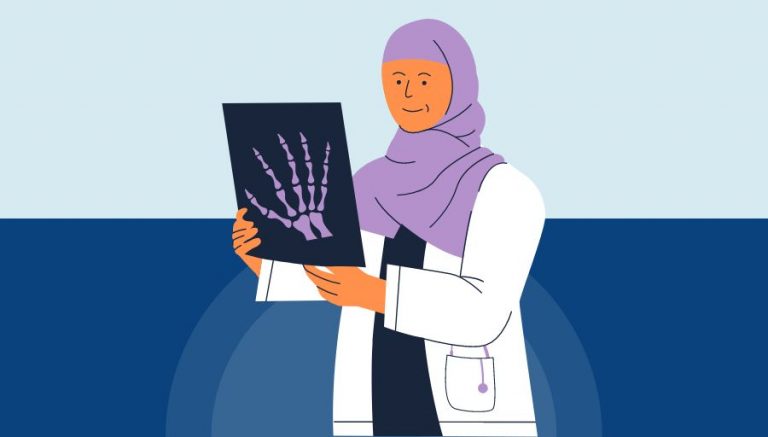How To Use CPT Code 67345
CPT 67345 describes the chemodenervation of an extraocular muscle to weaken its activity and restore the normal alignment of the eye. This article will cover the description, procedure, qualifying circumstances, appropriate usage, documentation requirements, billing guidelines, historical information and billing examples.
1. What is CPT Code 67345?
CPT 67345 can be used to describe the procedure in which a provider injects a toxin into an extraocular muscle to weaken its activity and restore the normal alignment of the eye. This code is used when the provider uses a needle electrode attached to an electromyographic recorder to determine the injection site and injects a toxin to weaken the muscle. The effects of this treatment typically last for approximately three months.
2. Official Description
The official description of CPT code 67345 is: ‘Chemodenervation of extraocular muscle.’
3. Procedure
- The patient is appropriately prepped and anesthetized.
- The provider identifies the extraocular muscle requiring treatment.
- An injection with a needle electrode is introduced, which is attached to an electromyographic recorder.
- The recorder determines when the needle penetrates the extraocular muscle by sensing electrical activity in that muscle.
- The provider injects a toxin to weaken the muscle.
- The effects of the treatment typically last for approximately three months.
4. Qualifying circumstances
CPT 67345 is used for patients who require the chemodenervation of an extraocular muscle to restore the normal alignment of the eye. This procedure is typically performed for patients with strabismus or other conditions that cause misalignment of the eyes. It is important to note that CPT 67345 should not be used for chemodenervation for blepharospasm and other neurological disorders, as there are separate codes for those procedures (64612 and 64616).
5. When to use CPT code 67345
CPT code 67345 should be used when a provider performs the chemodenervation of an extraocular muscle to restore the normal alignment of the eye. It is important to ensure that the procedure meets the specific criteria outlined in the code description. If the procedure is performed for blepharospasm or other neurological disorders, different codes should be used.
6. Documentation requirements
To support a claim for CPT 67345, the provider must document the following information:
- Specific extraocular muscle treated
- Method used to determine the injection site (e.g., electromyography)
- Type and amount of toxin injected
- Date of the procedure
- Any additional relevant details or findings
7. Billing guidelines
When billing for CPT 67345, ensure that the procedure meets the specific criteria outlined in the code description. It is important to use the appropriate code for chemodenervation for blepharospasm and other neurological disorders (64612 and 64616) instead of CPT 67345. Additionally, consider the use of other codes for related services, such as electromyography (92265) when used in conjunction with CPT 67345.
8. Historical information
CPT 67345 was added to the Current Procedural Terminology system on January 1, 1990. There have been no updates to the code since its addition.
9. Examples
- A patient with strabismus undergoes chemodenervation of an extraocular muscle to restore the alignment of their eyes.
- A provider performs chemodenervation of an extraocular muscle to treat a patient with misalignment of the eyes due to a neurological disorder.
- An electromyographic recorder is used to determine the injection site for the chemodenervation of an extraocular muscle in a patient with strabismus.
- A provider injects a toxin into an extraocular muscle to weaken its activity and improve the alignment of the eyes in a patient with strabismus.
- Chemodenervation of an extraocular muscle is performed to treat a patient with blepharospasm, an involuntary twitching of the eyelid.


